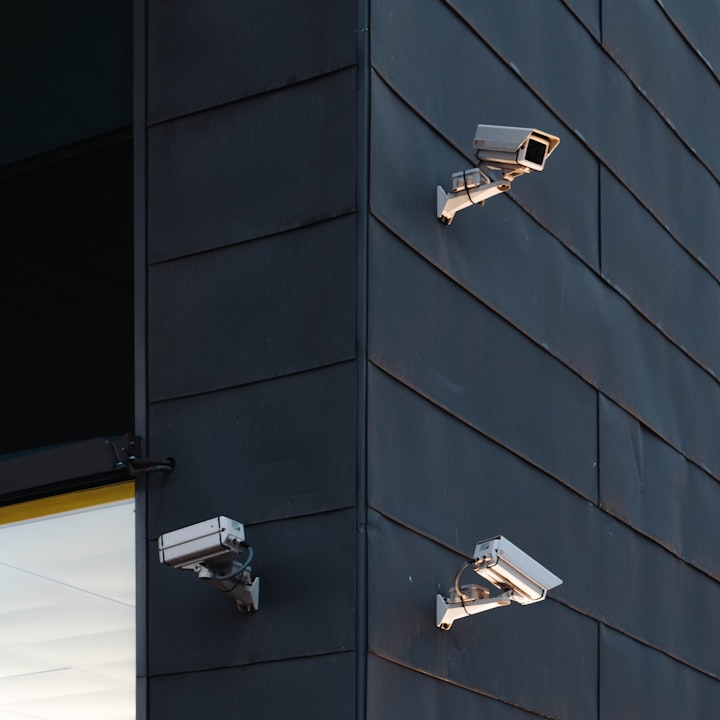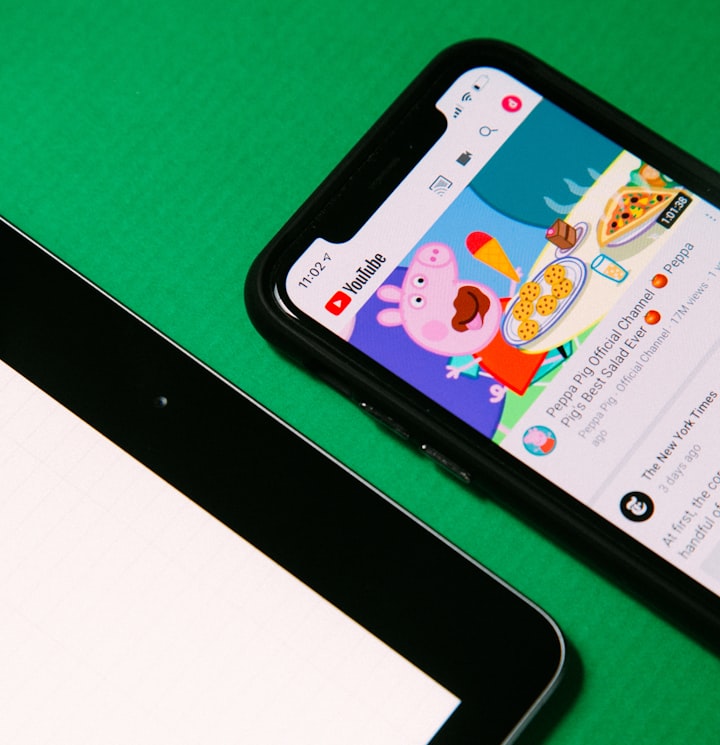How Do Electronic Consoles Communicate with Printed Circuit Boards?
Discover how electronic consoles communicate with printed circuit boards using capacitance sensors.

If you've ever wondered how the electronic console of a device, like a treadmill, interacts with the PCB behind it, you're not alone.Today, we'll delve into the intricate process of how electronic consoles communicate with the printed circuit boards (PCBs) that power them.
Capacitance Sensors and Touch Interfaces
Modern electronic consoles predominantly use capacitance sensors to register touch interactions.
These sensors operate similarly to those found in touchscreens, albeit in a more rudimentary manner.
A metal coil embedded within or onto the PCB detects changes in capacitance when a user approaches, and the microcontroller interprets this change as a button press.## Button Press Detection
Whether it's through touch or physical buttons, the console relies on the PCB to detect these interactions.
When a button is pressed or a touch is registered, the PCB translates these actions into digital signals.
These signals are then processed by the microcontroller, which triggers the desired functions in response to user inputs.## Role of Microcontrollers
Microcontrollers play a critical role in this interaction.
They act as the bridge between the console and the PCB, receiving input signals and executing the corresponding commands.
These commands might involve adjusting settings, controlling the device's functionality, or displaying information on the console's screen.## Integration of User Interface and PCB
The design and integration of the user interface with the PCB are crucial for seamless communication.
Manufacturers carefully engineer the layout and components to ensure reliable and accurate interaction between the console and the underlying PCB, ultimately delivering a smooth user experience.## Communication Protocols
In addition to capacitance sensors, some electronic consoles use communication protocols, such as UART or I2C, to exchange data with the PCB.
This allows for more complex interactions and enables the console to retrieve and display information from various sensors and components connected to the PCB.## Advancements in Interface Technology
Continual advancements in interface technology, including haptic feedback and gesture recognition, are reshaping how users interact with electronic consoles.
These technologies further emphasize the critical role of the PCB in processing and responding to these inputs.
In conclusion, the interaction between electronic consoles and PCBs is a fascinating convergence of hardware, sensors, and communication protocols, all working together to deliver intuitive and responsive user experiences.
Next time you interact with an electronic console, take a moment to appreciate the intricate communication happening behind the scenes.






